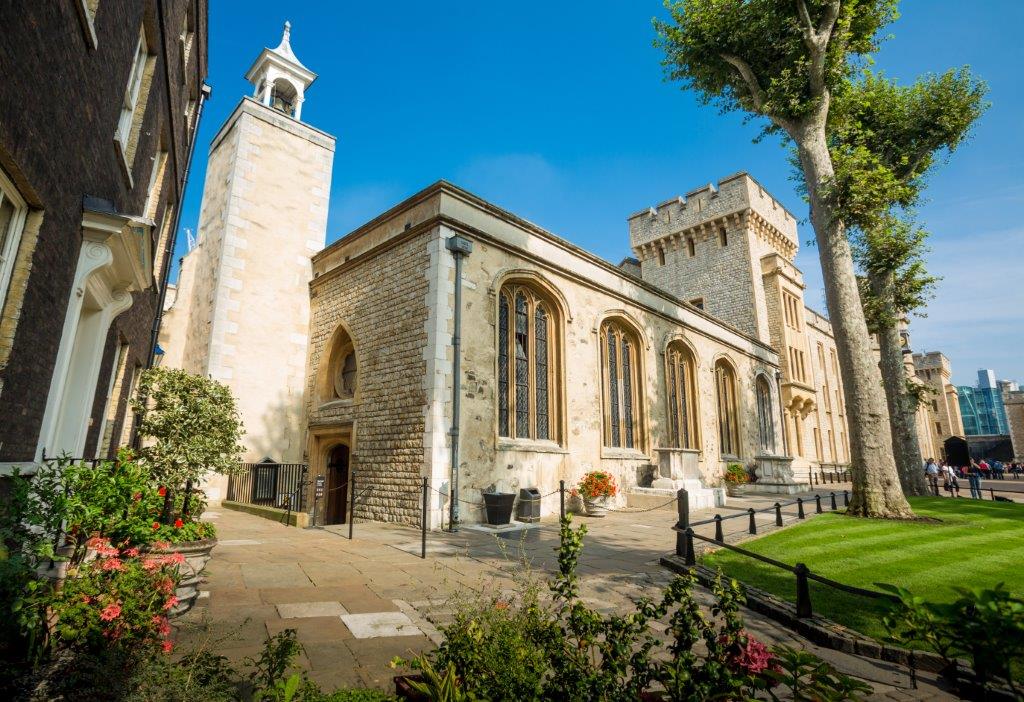The Tudors and the Tower
Chapter 5 : Dangerous Royal Blood
Although she had become queen on a wave of popular rejoicing, it was not long before Elizabeth, too, was under threat from rival claimants to the throne. Her refusal to marry and produce an heir made this threat all the more intense. Among her most dangerous rivals was Catherine Grey, sister of the ill-fated Jane. In 1560 the beautiful but naïve Catherine took the reckless step of marrying Edward Seymour, Earl of Hertford, son of the former Lord Protector. For a person of royal blood to marry without the monarch’s consent was deemed treason, and Elizabeth wasted no time in placing Catherine (who was already pregnant) and Edward in the Tower.
In September 1561, Catherine was delivered of a son. The boy was christened in the chapel of St Peter ad Vincula, under the flagstones of which lay his aunt, Lady Jane Grey. The birth of a male heir to her despised rival intensified Elizabeth’s fury, and she ordered that Catherine and her husband be kept strictly apart. But their gaolers took pity on them and allowed Seymour at least one conjugal visit to his wife. As a result, Catherine gave birth to a second son at the Tower in February 1563. The couple had obviously established quite a cosy fraternity within their prison, for the godfathers at this latest christening were two warders of the Tower.

The Queen’s fury knew no bounds. The Spanish ambassador observed that she turned ‘the colour of a corpse’ upon hearing the news. She ordered that Catherine and Hertford be removed from the Tower and sent to different places of imprisonment, many miles apart. Heartbroken at being kept from her beloved husband, Catherine went on a hunger strike and died in January 1568, aged just twenty seven.
Elizabeth had rid herself of one rival, but there was another – far more dangerous – waiting in the wings. Mary, Queen of Scots had a strong blood claim to the English throne, being the great-niece of Henry VIII. Although she had been Elizabeth’s prisoner since 1568, she could draw upon the considerable body of Catholic supporters both in England and abroad. Numerous plots soon sprang up around her, all aiming to kill the English queen and place her Scottish cousin on the throne. The Tower housed many of these plotters during the nineteen years of Mary’s imprisonment, and the elaborate graffiti of those who were captured and incarcerated in the Beauchamp Tower can still be seen today. They included members of the notorious Babington Conspiracy, which had led to Mary’s own execution in 1587.






